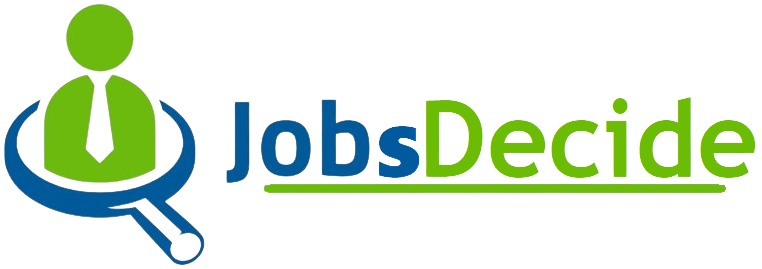Procedural Languages C, Pascal, FORTRAN, and similar languages are procedural languages. That is, each statement in the language tells the computer to do something: Get some input, add these numbers, divide by six, display that output. A program in a procedural language is a list of instructions.
For very small programs, no other organizing principle (often called a paradigm) is needed. The programmer creates the list of instructions, and the computer carries them out. Division into Functions When programs become larger, a single list of instructions becomes unwieldy. Few programmers can comprehend a program of more than a few hundred statements unless it is broken down into smaller units. For this reason the function was adopted as a way to make programs more comprehensible to their human creators. (The term function is used in C++ and C. In other languages the same concept may be referred to as a subroutine, a subprogram, or a procedure.) A procedural program is divided into functions, and (ideally, at least) each function has a clearly defined purpose and a clearly defined interface to the other functions in the program. The idea of breaking a program into functions can be further extended by grouping a number of functions together into a larger entity called a module (which is often a file), but the principle is similar: a grouping of components that execute lists of instructions.
Dividing a program into functions and modules is one of the cornerstones of structured programming,the somewhat loosely defined discipline that influenced programming organization for several decades before the advent of object-oriented programming. Problems with Structured Programming As programs grow ever larger and more complex, even the structured programming approach begins to show signs of strain. You may have heard about, or been involved in, horror stories of program development. The project is too complex, the schedule slips, more programmers are added, complexity increases, costs skyrocket, the schedule slips further, and disaster ensues. (See The Mythical Man-Month by Frederick P. Brooks, Jr. [Addison Wesley, 1982] for a vivid description of this process.)
Analyzing the reasons for these failures reveals that there are weaknesses in the procedural paradigm itself. No matter how well the structured programming approach is implemented, large programs become excessively complex.
What are the reasons for these problems with procedural languages? There are two related problems. First, functions have unrestricted access to global data. Second, unrelated functions and data, the basis of the procedural paradigm, provide a poor model of the real world.
Let’s examine these problems in the context of an inventory program. One important global data item in such a program is the collection of items in the inventory. Various functions access this data to input a new item, display an item, modify an item, and so on. Unrestricted Access In a procedural program, one written in C for example, there are two kinds of data. Local data is hidden inside a function, and is used exclusively by the function. In the inventory program a display function might use local data to remember which item it was displaying. Local data is closely related to its function and is safe from modification by other functions.
However, when two or more functions must access the same data—and this is true of the most important data in a program—then the data must be made global, as our collection of inventory items is. Global data can be accessed by any function in the program. (We ignore the issue of grouping functions into modules, which doesn’t materially affect our argument.)







